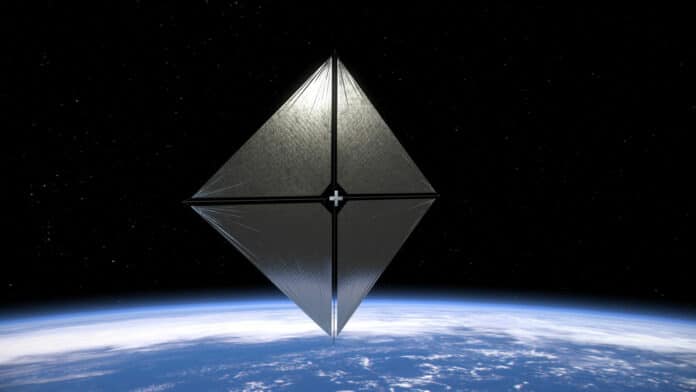A NASA mission testing a new way of navigating our solar system is ready to hoist its sail into space – not to catch the wind, but the propulsive power of sunlight.
The mission, called the Advanced Composite Solar Sail (ACS3) System, is scheduled to launch on April 23rd (Wednesday, April 24 in New Zealand), aboard a Rocket Lab Electron rocket from the Launch Complex 1 on the Mahia Peninsula of New Zealand.
Rocket Lab’s Electron rocket will deploy the CubeSat for this mission at an altitude of about 600 miles above Earth, which is more than twice the altitude of the International Space Station.
To test the performance of NASA’s Advanced Composite Solar Sail System, the spacecraft needs to be in a high enough orbit where the tiny force of sunlight on the sail can overcome atmospheric drag and gain altitude. The sail can generate this force, which is roughly equivalent to the weight of a paperclip resting on your palm.
The initial flight phase will last about two months and includes subsystems checkout. After that the microwave oven-sized CubeSat will deploy its reflective solar sail. The weeks-long test consists of a series of pointing maneuvers to demonstrate orbit raising and lowering, using only the pressure of sunlight acting on the sail.
NASA’s Advanced Composite Solar Sail System sets out to prove its ability to sail across space, increasing access and enabling low-cost missions to the Moon, Mars, and beyond.
